Every year, through the Atlantic Zone Monitoring Program, Fisheries and Oceans Canada assesses the physical oceanographic conditions in the Gulf of St. Lawrence. The main facts to point out for 2016 are as follows: third lowest ice cover since 1969, warmest summer surface waters in the St. Lawrence Estuary since 1985, and warmest sub-surface waters in 100 years!

All news
A Year Marked by Rising Water Temperatures and Decreasing Ice Cover in the Gulf of St. Lawrence 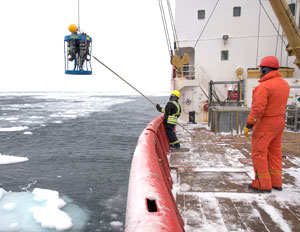
|
Increased Marine Environmental Monitoring Capability with the Purchase of Four Scientific Buoys Fisheries and Oceans Canada is increasing its marine environmental monitoring capability with the acquisition of four new automated oceanographic buoys. In addition to measuring a multitude of meteorological and oceanographic parameters at the water surface, these buoys will independently collect temperature and salinity profiles to a depth of 200 m without human intervention, and transmit the data in real time. 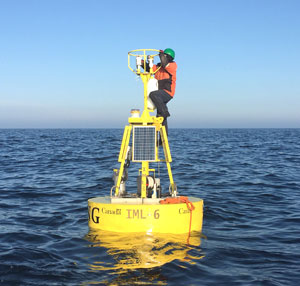
|
Consultation for Implementing Conservation Measures for Corals and Sponges Concerned about facilitating the conservation and protection of corals and sponges, Fisheries and Oceans Canada recently engaged in consultations with Aboriginal communities and some fishers' organizations in eastern Canada. The target objective is to identify areas to protect while reducing to a minimum the economic impact of future conservation measures on fisheries. 
|
Review of the Forum on Mi’kmaq and Maliseet Fisheries in the Gaspé Peninsula and Lower St. Lawrence A forum for First Nations on Mi’kmaq and Maliseet fisheries in the Gaspé Peninsula and Lower St. Lawrence was held in Rivière-du-Loup on January 19 and 20, 2017. About 20 individuals took part. The event, organized by the Mi’kmaq Maliseet Aboriginal Fisheries Management Association and Fisheries and Oceans Canada, provided an opportunity to review commercial fishing issues and Aboriginal programs through an open dialogue. 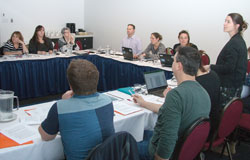
|
Team Listening to the Saguenay Fjord and its Belugas Since mid-August, a team of researchers from the Maurice Lamontagne Institute, the Rimouski Institute of Ocean Sciences and the Saguenay–St. Lawrence Marine Park has been listening to the Saguenay Fjord and its belugas using a set of drifting hydrophones – aquatic microphones – that capture sounds heard underwater. 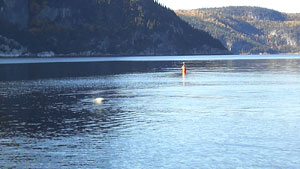
|
Our Best Wishes for the New Year The arrival of 2017 is certainly a great opportunity to look at the progress made over the last year, which was marked by several significant achievements. 
|
Scientists from the MLI Give an Overview of the State of the Ocean for the Estuary and the Gulf of St. Lawrence Five scientists from the Maurice Lamontagne Institute (MLI) gave an overview of the state of the Ocean for the Estuary and the Gulf of St. Lawrence at the fifth edition of Rendez-vous Saint-Laurent, held in Québec this October. 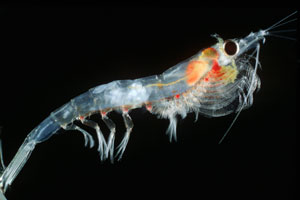
|
Quebec Lobster: Review of the 2016 Fishing Season Overall, the 2016 lobster fishing season was excellent in Quebec. For the fifth consecutive year, the average landed price increased, going from $5.68/lb to $6.53/lb—an increase of 15%. In terms of landed amounts, however, a decrease of 14% was recorded. The total quantity of lobster landed in the three marine sectors fell from 5,891 tons to 5,068. 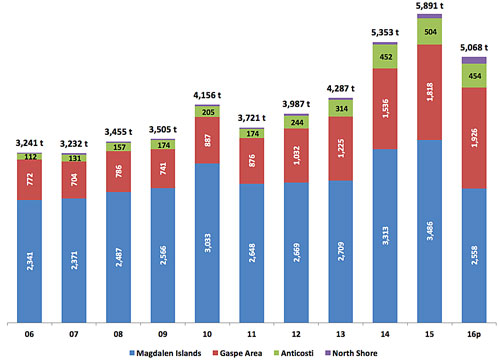
|
Feeding the Sea... to Combat Coastal Erosion In recent years, shore erosion has become more significant in Quebec's maritime areas. In general, climate change has increased the rate of coastal erosion. Not only have sea levels risen, but the frequency of storms has increased, while ice cover, which usually protects the shores from winter attacks, tends to diminish. 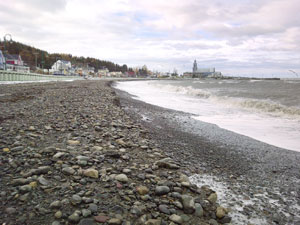
|
Protecting the Fisheries at Watercourse Crossings Through various programs and initiatives in Quebec, Fisheries and Oceans Canada (DFO) helps to ensure the sustainability and ongoing productivity of the commercial, recreational and Aboriginal fisheries. In addition to conducting regulatory reviews of development projects under the Fisheries Act and the Species at Risk Act, the Fisheries Protection team at DFO develops a range of tools. They also collaborate with its partners to assist proponents in preventing or minimizing the impact of their projects on fish and fish habitats. Initiatives relating to transportation infrastructure projects affecting watercourse crossings are an excellent example of this. 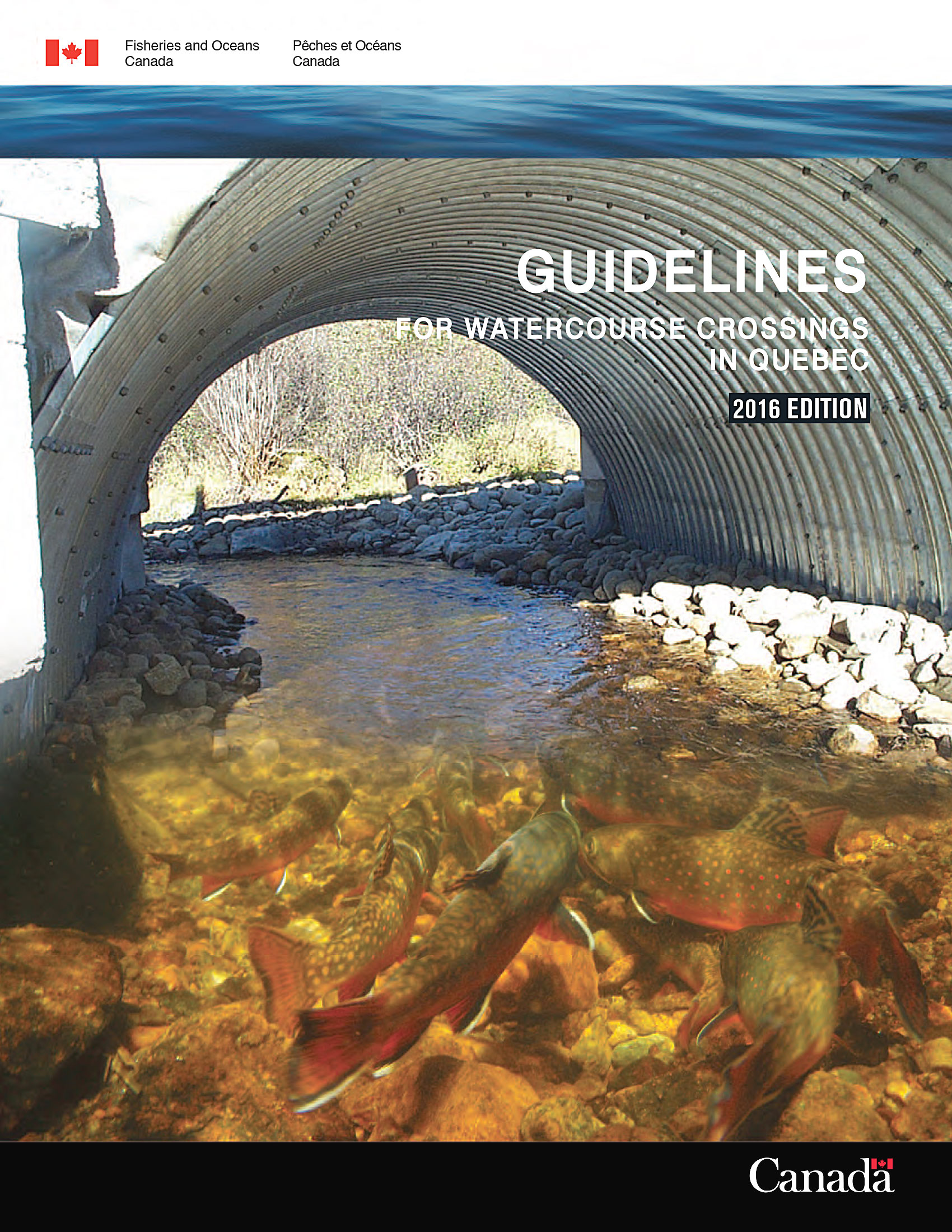
|